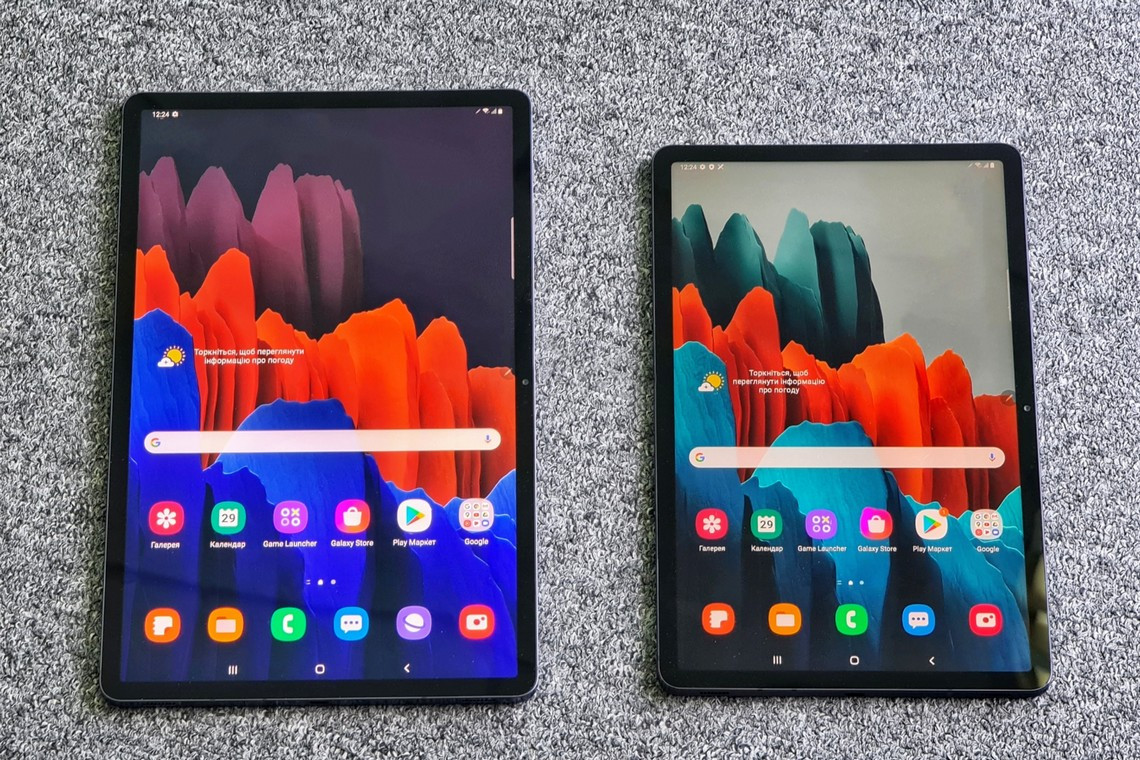Recently, in a number of LCD monitors and televisions, various variations of IPS technology have been used, based on switching liquid crystals in a plane parallel to the plane of the LED backlight.
These include PLS (Plane to Line Switching), AD-PLS (Advanced Plane to Line Switching), AHVA (Advanced Hyper-Viewing Angle), AH-IPS (Advanced High Performance IPS) and a number of others. All of them are based on the principle of functioning of the IPS matrix. Let's analyze the differences between PLS and IPS matrices in order to understand whether it is worth paying attention to their technological nuances when buying a 4K monitor or TV.
PLS and IPS differences
IPS matrix
IPS (In-Plane Switching) technology was created to improve the performance of TN (Twisted Nematic) displays. As you know, TN displays cannot provide real black color, because even when the maximum voltage is applied to the crystals, they cannot be aligned absolutely vertically with respect to the polarizing filter.
Hence the "flow" of the backlight to the screen. The second drawback is poor viewing angles. The characteristics of the IPS panel provide a noticeable improvement - they have crystal clear colors and good viewing angles.
With regard to black, the situation with the advent of IPS has undergone obvious (tens of times) changes, although it has not improved ideally. Perfectly transmitting backlight light when the subpixel transistors are open, liquid crystals still leak light to the display surface when closed.
Well, every medal has a flip side. Recall that the main apologist for the introduction of IPS technology in television matrices is LG.
Pls matrix pros and cons
At the end of 2010, Samsung Electronics introduced its version of LCD displays with in-plane switching. The purpose of the implementation, as before, was to increase the screen brightness, increase the viewing angles, and reduce the response time. In addition, the developer claims that the PLS matrix type is cheaper.
Images of matrices under a microscope do not reveal significant differences between the appearance of subpixels in IPS and PLS matrices.
But if you look closely, you can see that the gap between the subpixels is slightly smaller than in a traditional IPS-matrix. It is due to this that a certain increase in the brightness of displays based on PLS technology can be achieved. The announced 15% reduction in price of PLS monitors is not yet reflected in the final cost of production.
PLS matrices have the same high viewing angles, up to unfolded, in both planes, as IPS matrices. Still, it should be emphasized that the black color of the PLS monitor looks a little deeper when viewed from an angle.

IPS or PLS: which is better
Depending on the field of application of IPS or PLS, you can try to find at least some advantages of one matrix over another.
For a monitor, viewing angles are not so important as the user is looking directly at the center of the screen. Here, color accuracy is more important, because monitors are also used in professional photography. And here, according to the manufacturer, it is more profitable to use a PLS matrix rather than an IPS. PLS provides almost 100% coverage of the sRGB color space.
For TVs, viewing angles, and brightness, and color rendition, and response time are important. In today's 4K HDR TVs, a 10% increase in PLS brightness over IPS is hardly a cure-all for display enhancement. In terms of response speed, both matrices are also comparable, with minimum values of the order of 5 ms. Therefore, it is impossible to say that PLS or IPS is better for games (it doesn't matter if on a TV or monitor).
As for eye fatigue, the backlight parameters are more important here than the type of display, IPS or PLS. Flicker-free, blue filter, refresh rate, etc. - this is what will ultimately affect the time of fatigue behind the monitor.
What to buy PLS or IPS
We can safely assume that despite the lack of a description of the PLS technology, it is an improved continuation of the IPS technology. This is supported by the fact that when LG announced the release of an LCD display based on an AH-IPS matrix (see the decryption at the beginning of the article), Samsung's lawyers immediately sued the company to rework their technology. Naturally, this serves as an indirect recognition of the practical identity of the IPS and PLS technologies.
Note that due to the physical impossibility of completely blocking the backlight in IPS and PLS matrices, the contrast in matrices with vertical alignment of liquid crystals ( VA matrices ) is noticeably higher. Which, of course, gives the impression of noticeably better color reproduction due to the deeper blacks.



